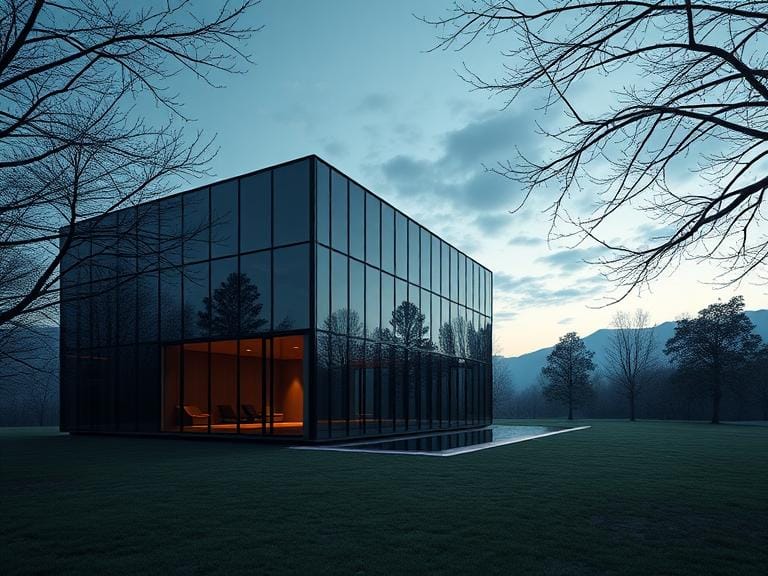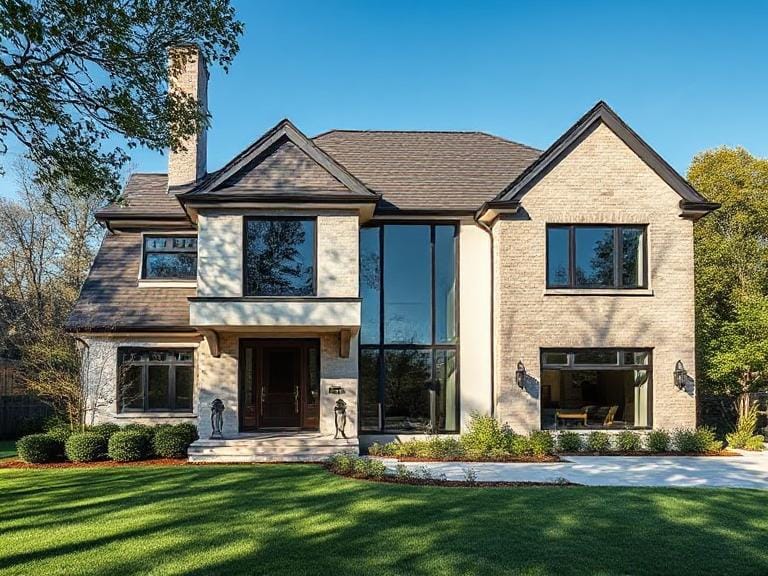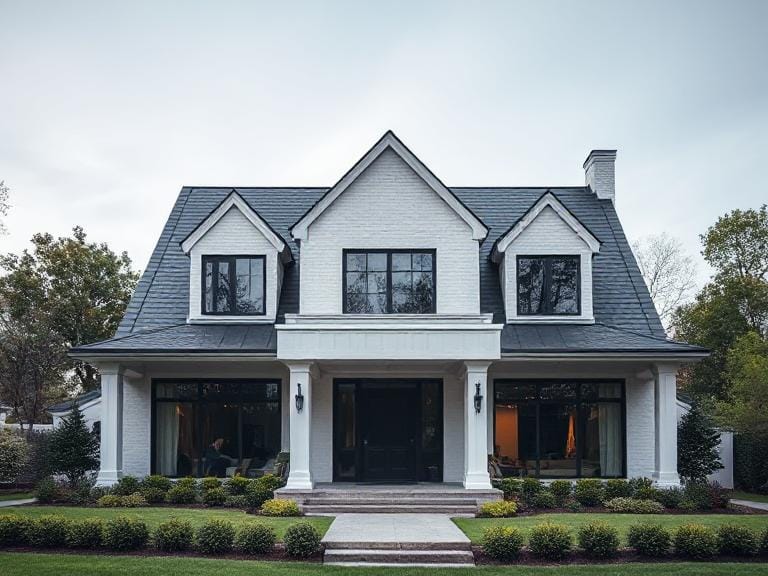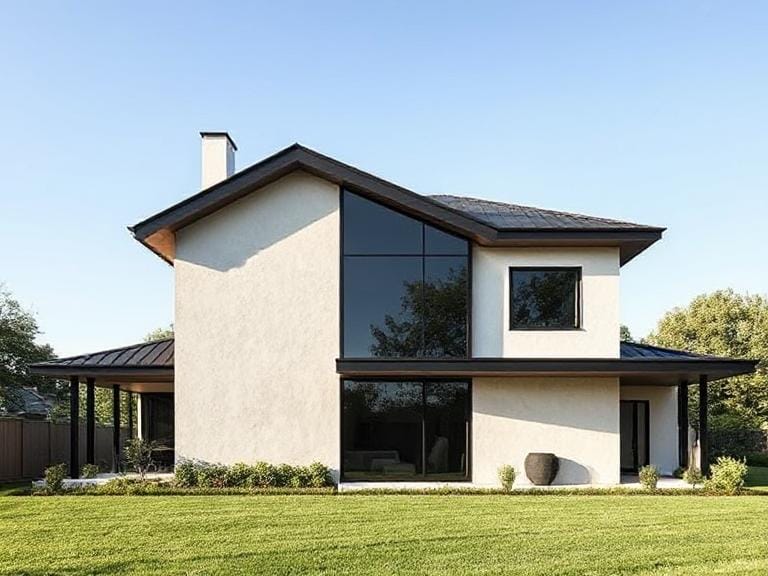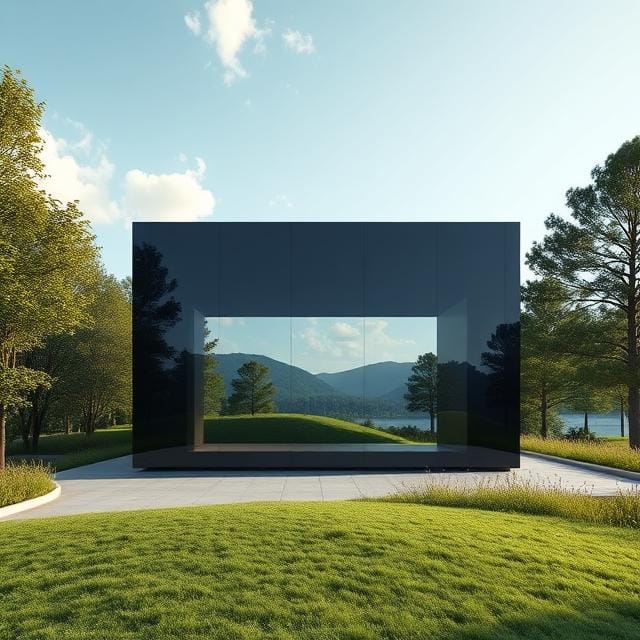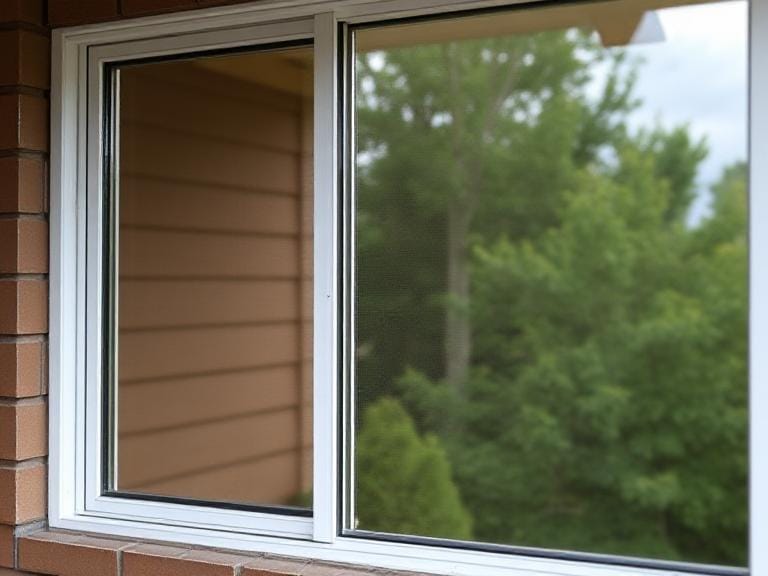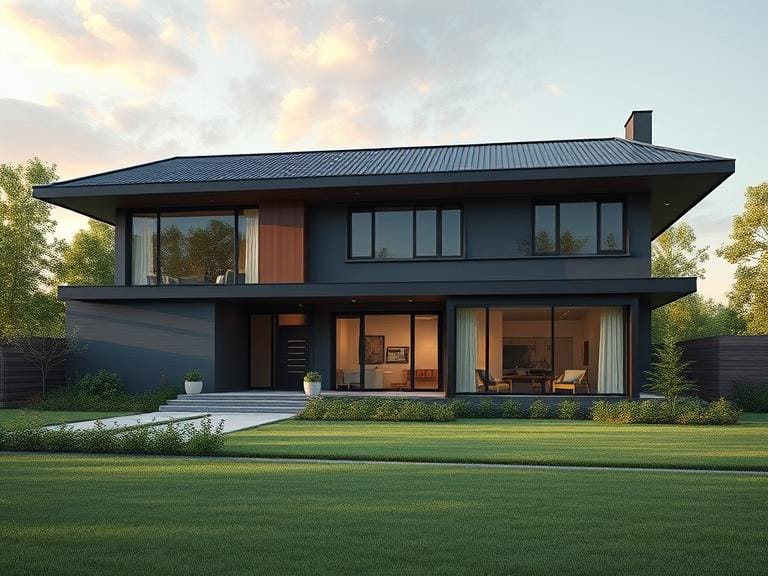Toronto Glass Tinting: Boost Comfort & Curb Appeal in the City Core
Glass tinting refers to the application of a thin film to the interior or exterior of glass surfaces, effectively altering their properties. This process is utilized not only in vehicles but also in residential, commercial, and industrial settings. The primary types of glass tints include dyed, metalized, ceramic, and hybrid films, each providing unique benefits depending on the intended application.
Dyed films primarily absorb solar energy, which helps reduce glare and heat but may not offer significant UV protection. Metalized tints, on the other hand, comprise microscopic metal particles that reflect and absorb light, thus providing enhanced insulation and UV protection. Ceramic films represent an advanced option as they are non-conductive and do not interfere with electronic devices. Lastly, hybrid films combine attributes of dyed and metalized options, offering a balanced approach suitable for various needs.
The science behind window films is rooted in their ability to manage solar heat, glare, and ultraviolet (UV) radiation. By reducing solar heat gain, glass tinting can maintain a more comfortable indoor environment, subsequently lowering energy costs associated with air conditioning. Furthermore, window films significantly reduce the level of glare from sunlight, improving visibility and comfort during sunny days. They also block up to 99% of UV rays, thereby safeguarding occupants’ skin, furnishings, and interior spaces from harmful exposure and fading.
Aesthetically, glass tinting enhances the visual appeal of both vehicles and homes, offering a sleek, uniform look. Additionally, it serves as a measure of privacy, enabling occupants to enjoy their spaces without the concern of prying eyes. In summary, glass tinting is a versatile solution that addresses comfort, aesthetic appeal, and privacy, making it an increasingly popular choice for both residential and automotive applications.
The Benefits of Glass Tinting for Comfort
Glass tinting offers a multitude of comfort-related benefits, particularly in homes and vehicles. One of the primary advantages is its ability to significantly reduce indoor temperatures. Tinted windows act as a barrier by blocking out heat from sunlight, allowing for a cooler indoor environment. This reduction in temperature can lead to enhanced air conditioning efficiency, as the cooling system does not have to work as hard to maintain comfortable conditions. Consequently, this can result in lower energy bills and a more sustainable household.
In addition to temperature control, glass tinting also plays a crucial role in minimizing glare. Many individuals find that the sun’s rays create distracting reflections on screens, whether it be on televisions, computer monitors, or smartphones. Tinted windows can significantly diminish this glare, making these surfaces more enjoyable to work on or relax with. This enhancement is particularly vital for home offices or entertainment areas, where focus and comfort are essential for productivity and leisure.
Moreover, glass tinting offers critical protection from harmful UV rays, which can adversely affect skin health. Standard clear glass blocks only about 25% of UV radiation, leaving individuals exposed to the remaining harmful rays. Window films can filter out up to 99% of these UV rays, providing a safer environment for occupants. This is particularly important in homes with large windows or vehicles that are parked in the sun for extended periods. By investing in tinted windows, individuals can cultivate a more comfortable living space while also safeguarding their skin from potential damage.
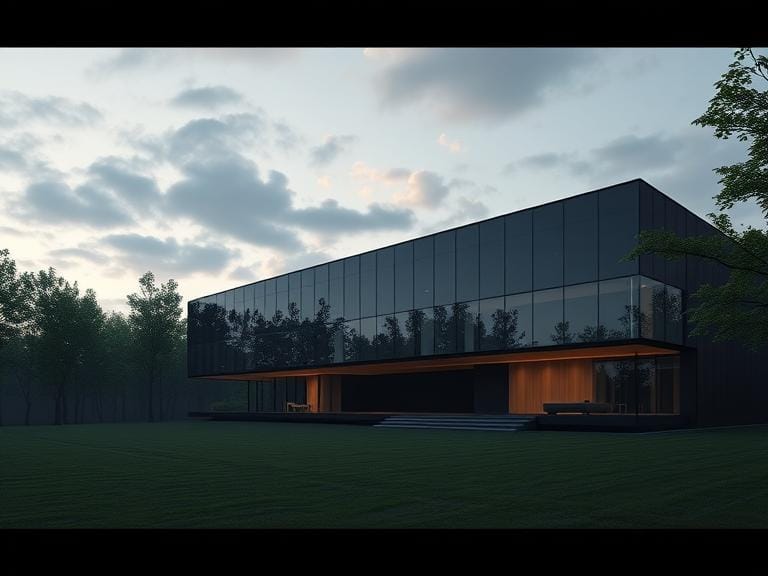
Choosing the Right Tint for Your Needs
When considering glass tinting for your home or vehicle, selecting the right type of tint is crucial to ensuring you meet both functional and aesthetic needs. One of the first factors to consider is local regulations regarding tint darkness. Different regions have varied laws governing how dark a tint can be applied, particularly to vehicle windows. It is essential to research these regulations to ensure compliance while maximizing privacy and comfort.
Another key consideration is the level of heat and glare reduction you desire. Tints vary significantly in their ability to block solar heat and reduce glare. High-performance films often provide exceptional heat rejection, which can keep interiors cooler and reduce reliance on air conditioning, thus promoting energy efficiency. When assessing different products, look for those that offer advanced heat rejection properties, which can be particularly beneficial in warmer climates and during peak sunlight hours.
Aesthetic preferences also play a vital role in choosing the appropriate tint. With a wide range of colors and finishes available, it is important to select a tint that not only complements the existing design of your home or vehicle but also aligns with your personal style. Consider options from neutral shades to darker, more reflective films that enhance visual appeal while providing privacy.
Furthermore, the performance and longevity of the tinting products should not be overlooked. High-quality tints generally offer better durability, resisting fading and bubbling over time. It is advisable to read reviews and consult professionals to determine which brands are celebrated for their lasting power. By considering factors including local laws, desired heat reduction, aesthetic compatibility, and durability, homeowners and vehicle owners can make informed decisions about the right glass tint for their specific needs.
Professional Installation vs. DIY Tinting
When considering glass tinting for your home or vehicle, one of the key decisions revolves around whether to opt for professional installation or take the do-it-yourself (DIY) approach. Each option presents its unique advantages and disadvantages, which can significantly impact both the outcome and your overall experience.
Choosing professional installation for glass tinting can ensure a high-quality finish. Professionals are trained and equipped with the knowledge and tools necessary to apply tint films properly. This expertise translates into a more durable installation, reducing the likelihood of peeling or bubbling over time. Moreover, professional installers typically offer a warranty on their work, providing added peace of mind regarding the longevity of the tint. However, this convenience comes at a cost; professional installation can be more expensive compared to DIY methods, with prices varying based on the type of film used and the complexity of the installation.
On the other hand, DIY tinting can be an economical solution. It allows individuals to save on labor costs and may be suitable for those with basic skills in home improvement. Many commercial tinting kits come with clear instructions, which can assist novices in achieving a satisfactory result. However, the learning curve can be steep, and without the right expertise, common mistakes such as improper alignment or air bubbles can significantly detract from the appearance and effectiveness of the tint.
Furthermore, DIY tinting demands a considerable investment of time. Achieving a flawless finish requires patience and precision, often taking longer than anticipated. If you seek a high-quality appearance or have complex windows to tint, such as curved surfaces, it may be wise to engage a professional. The decision should ultimately consider the complexity of the project, budget, and desired outcome, striking a balance between cost and quality that aligns with your needs.

